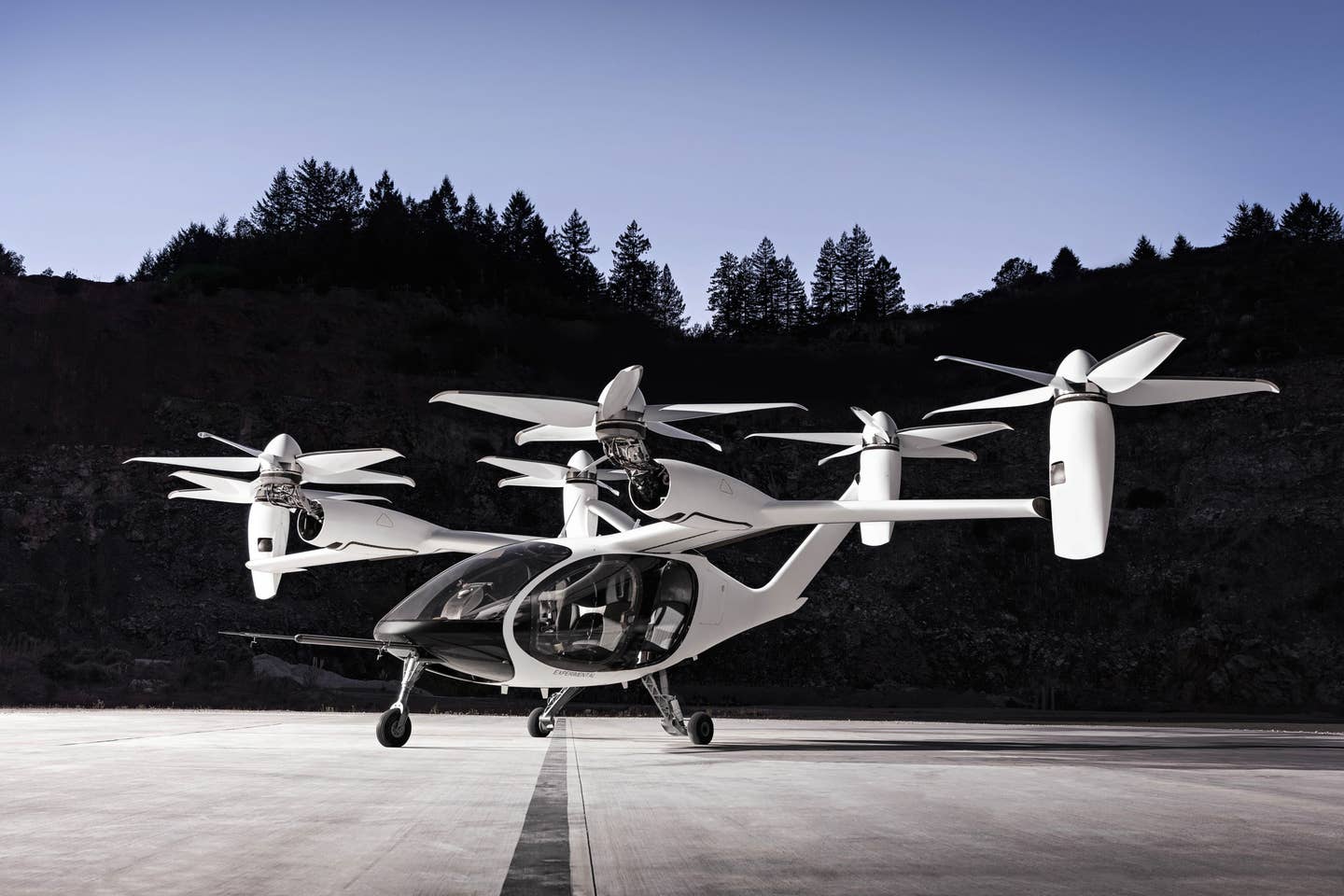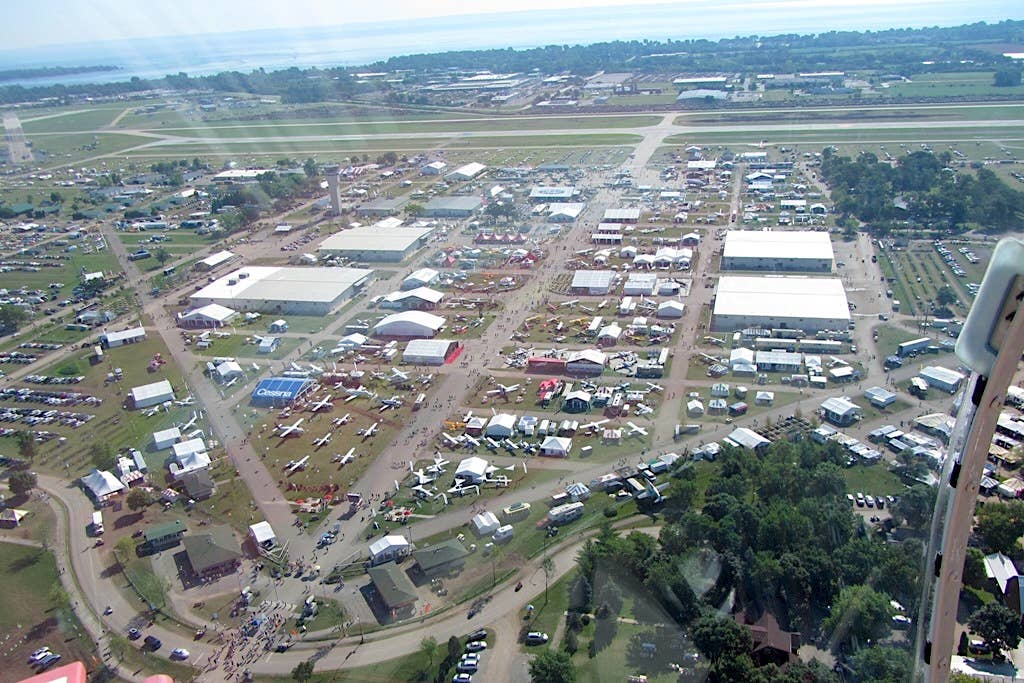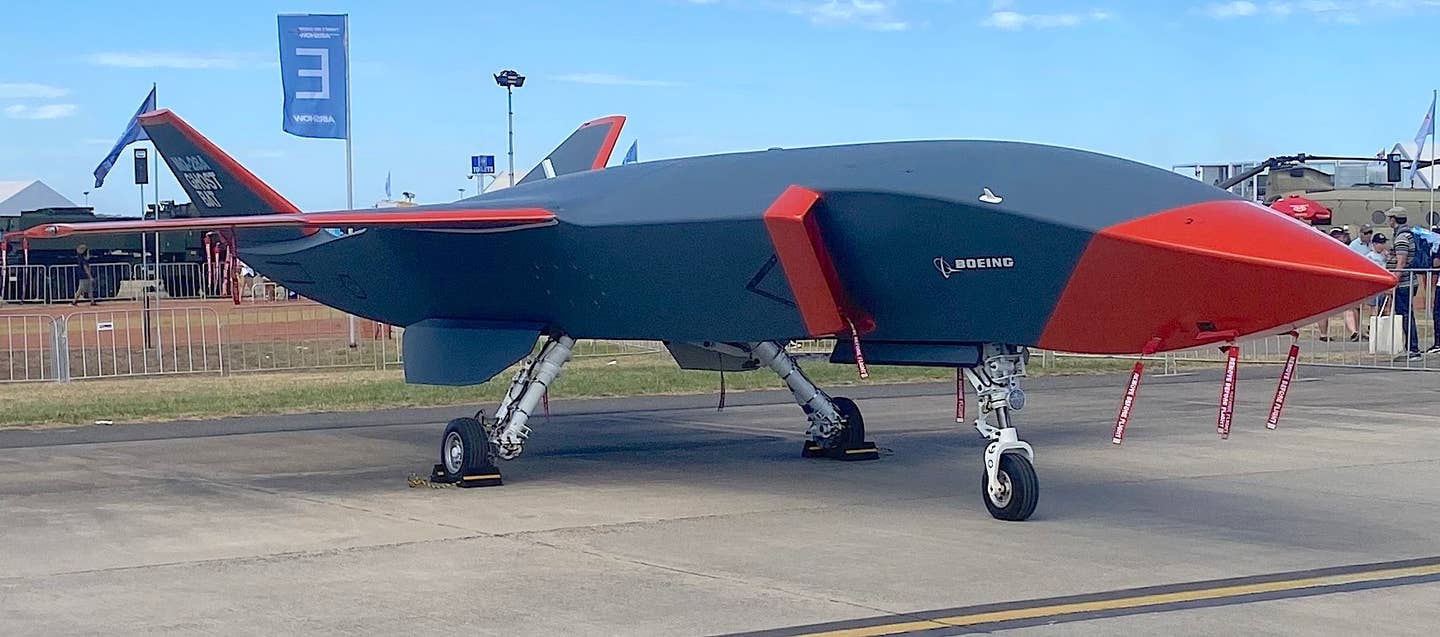Joby Says It’s Certifying As A Traditional Aircraft
Joby Aviation, an electric aircraft manufacturer that envisions a zero direct-emissions aerial ride-sharing network, says to speed FAA approvals, it will certify the aircraft as a traditional airplane rather than…

Image: Joby Aviation
Joby Aviation, an electric aircraft manufacturer that envisions a zero direct-emissions aerial ride-sharing network, says to speed FAA approvals, it will certify the aircraft as a traditional airplane rather than a multirotor. Heretofore, Joby has been secretive about the details of its aircraft, but in an hourlong online briefing this week, the company pulled back the curtain in the first of a planned series of presentations.
Company founder JoeBen Bevirt, who launched Joby a decade ago, reiterated his ambition to “decarbonize and democratize air travel for millions of people.” Bevirt has famously said his goal is to save one billion people an hour a day by substituting quiet air taxis for surface transportation. To do that, says the company, they plan to certify the Joby eVTOL as an airplane, not as a new or special category.
“Certifying as a special category means you are starting from scratch across the board,” says Greg Bowles, Joby’s head of government and regulatory affairs. “But at Joby, we had certification, pilot training and operation in mind from the very beginning. Our aircraft is designed to be flown in today’s system with the ability to adapt to evolve into a future system. From a size, scale and weight perspective, we fit into Part 23. We can glide on the wing, we can take off and land from runways like a conventional airplane, we have airplane-like pilot controls and we’ve designed our aircraft to meet all the performance and structural requirements of an airplane,” he explains.
The company says it has reached agreement with the FAA on a certification path and is now in discussions about how to move forward with the actual testing toward a planned entry into commercial operation in 2024. As currently construed, Joby’s aircraft has six tilting power units that can be positioned vertically for takeoff and then rotated forward for cruise flight. It has a high aspect ratio wing with both dihedral and anhedral and a large V-tail with two power units mounted on the tips. The aircraft is battery powered and carries four passengers, plus a pilot. Joby claims the aircraft has completed a 77-minute, 154-mile flight. NASA recently collected data on the Joby’s noise signature.
Although the aircraft may eventually fit into a largely autonomous transportation network, the company is specifically certifying it as a piloted aircraft to ease its fit into the current aerospace and regulatory system. “What was really important was fielding an aircraft that fits into today’s system and one that people are ready to accept today. So the goal is to assure … we’re using something that can exist as soon as we get through the certification process,” Bowles said.
When asked if the aircraft will come out of the blocks with an autoland feature, Joby’s Didier Papadopoulos, head of engineering, was vague, saying only that it will have a range of safety technologies. (Papadopoulos was on the Garmin team that developed the company’s Autoland system.) With a persistent pilot shortage as air transport continues to grow, Joby says it will develop its own flight academy to train pilots and it has already submitted a Part 135 Air Taxi application to the FAA.






